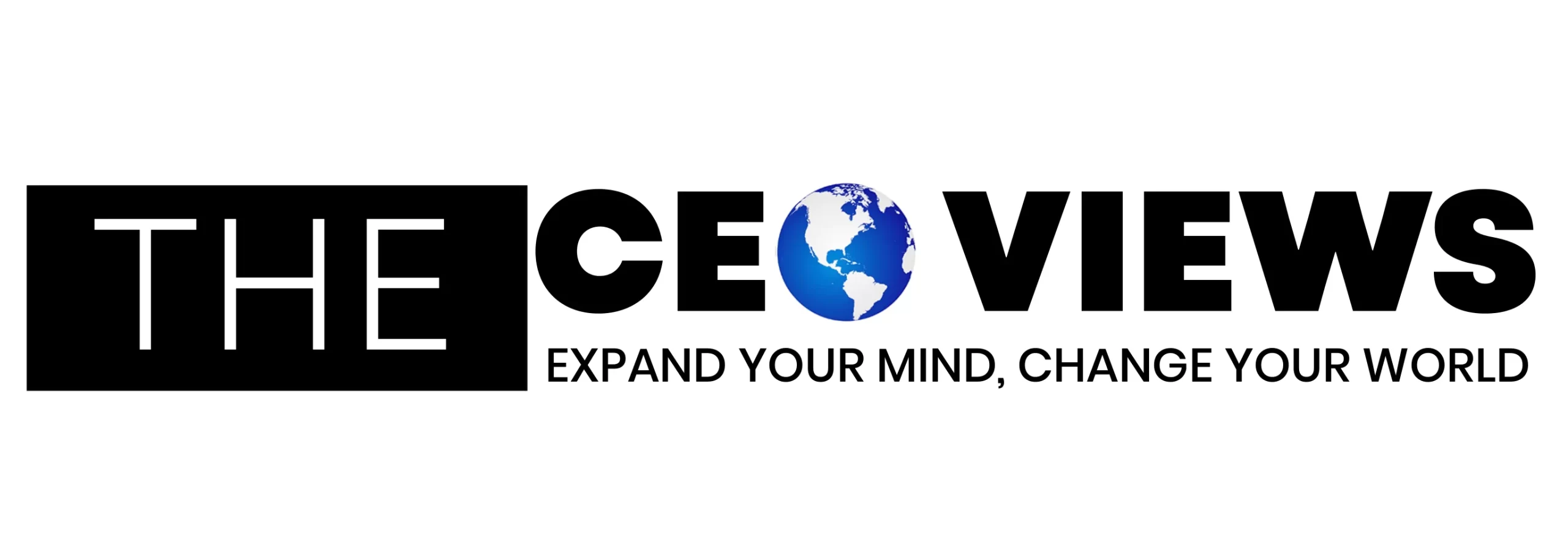In today’s fast-moving digital economy, staying ahead of the curve requires more than just traditional market research. With millions of conversations happening daily on social media, platforms like Twitter have become valuable sources of real-time business intelligence.
Companies that know how to harness this stream of unfiltered, public data can uncover actionable insights to guide product development, monitor brand perception, and track competitor activity.
The key? Turning all that unstructured content into meaningful information.
Enter Twitter scraper software, a powerful tool used by businesses to systematically extract and analyze relevant tweets, hashtags, mentions, and trends. Platforms such as Lobstr.io offer scraping tools that help companies capture Twitter data without needing to manually search or scroll through feeds.
These tools are helping businesses across industries transform Twitter into a rich well of competitive insight. This article will discuss how forward-thinking organizations are using Twitter data to gain that all-important edge.
Real-Time Market Trend Monitoring
One of the most impactful uses of Twitter data is keeping a finger on the pulse of emerging trends. Whether it’s consumer sentiment about a product category or a viral moment that could influence brand messaging, Twitter is often the first place people go to share reactions.
With scraper tools and APIs, businesses can track keywords, hashtags, and trending topics relevant to their industry. This allows teams to:
- Quickly identify shifts in customer preferences
- Respond proactively to changes in the market
- Time content or product launches to align with public interest
For instance, a fashion retailer may notice increasing chatter about sustainable materials, prompting a timely marketing push for eco-friendly clothing lines.
Competitor Analysis in Real Time
Twitter doesn’t just offer a window into your customers’ minds. It also provides a clear view of what your competitors are doing.
Companies are using Twitter scraper software to monitor the following:
- Competitor announcements and campaigns
- Customer feedback or complaints directed at competitors
- Public perception and engagement levels for other brands
This intelligence helps businesses benchmark their performance, identify gaps in competitor offerings, and react swiftly to market developments.
A hospitality brand, for example, might notice a spike in negative reviews for a competitor’s new booking policy and choose to emphasize flexibility in its marketing to capitalize on the moment.
Enhanced Customer Insights and Feedback Loops
Twitter users are often unfiltered in their opinions, making the platform a goldmine for authentic customer feedback. By scraping mentions of your brand or product, you can collect:
- Common praise or complaints
- Feature requests
- Usage behavior insights
- Sentiment trends over time
This kind of unsolicited feedback can inform everything from product design to support resources. Rather than relying solely on structured surveys or review platforms, businesses get a direct line to the voice of the customer in real-time.
Companies can then use these insights to iterate more rapidly, text messaging, or even spot potential PR issues before they escalate.
Influencer and Partnership Discovery
In a social-first world, identifying the right voices to amplify your brand can make a huge difference. Businesses are leveraging Twitter scraping tools to find influencers, advocates, or even strategic partners based on:
- Who is talking positively about their brand
- Individuals with high engagement in relevant niches
- People whose followers align with their target demographic
Using data-driven filters and analytics, brands can zero in on credible voices rather than relying on surface-level metrics like follower count alone. This leads to more authentic and effective collaborations.
Product Development and Innovation Guidance
Twitter conversations often hint at what customers want next, even before they know how to articulate it formally. Forward-thinking businesses are using this data to guide product roadmaps and service improvements.
By analyzing recurring themes in conversations (especially among power users or industry experts), companies can:
- Identify pain points competitors haven’t solved
- Detect unmet needs or gaps in the market
- Co-create features with engaged users
A tech company, for example, might notice developers complaining about a missing integration in a popular tool and use that insight to roll out a differentiating update.
Final Thoughts
Twitter may seem chaotic at first glance, but for businesses equipped with the right tools, it offers unmatched visibility into consumer behavior, market trends, and brand performance.
Whether you’re a startup testing product-market fit or an established enterprise refining your strategy, integrating Twitter scraper software into your data toolkit can elevate your competitive awareness and decision-making. With real-time insights at your fingertips, you’re better positioned to adapt, innovate, and lead.
In a world where the conversation moves fast and staying silent is no longer an option. Listen smart, act faster, and use the social pulse to your advantage.










